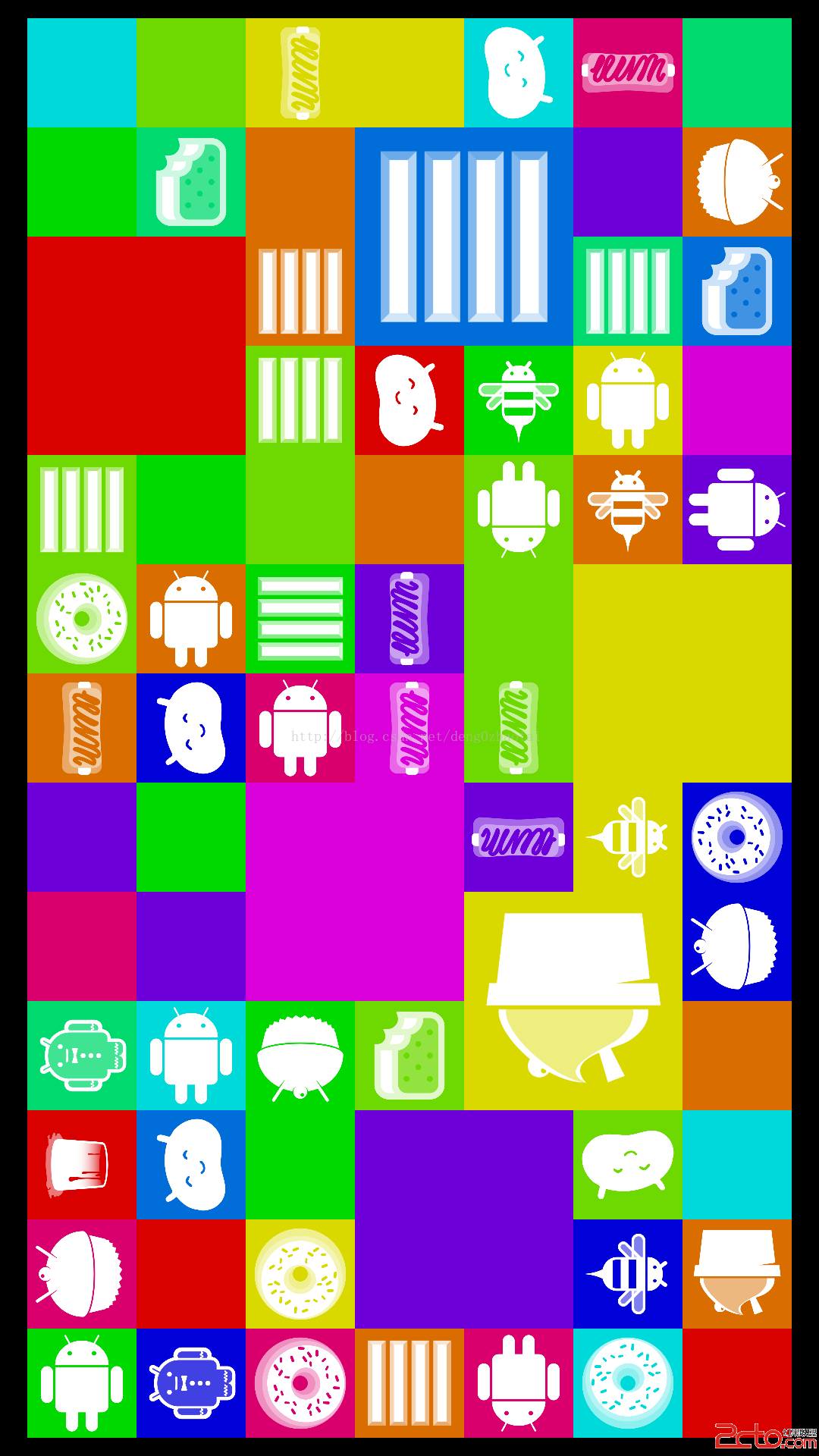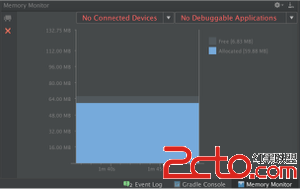編輯:關於Android編程
Android 通過應用設置系統日期和時間的方法
android 2.3
android 4.0
測試可行,不過需要ROOT權限.
import java.io.DataOutputStream;
import java.io.File;
import java.io.IOException;
import java.util.Calendar;
import android.os.SystemClock;
public class SystemDateTime {
static final String TAG = "SystemDateTime";
public static void setDateTime(int year, int month, int day, int hour, int minute) throws IOException, InterruptedException {
requestPermission();
Calendar c = Calendar.getInstance();
c.set(Calendar.YEAR, year);
c.set(Calendar.MONTH, month-1);
c.set(Calendar.DAY_OF_MONTH, day);
c.set(Calendar.HOUR_OF_DAY, hour);
c.set(Calendar.MINUTE, minute);
long when = c.getTimeInMillis();
if (when / 1000 < Integer.MAX_VALUE) {
SystemClock.setCurrentTimeMillis(when);
}
long now = Calendar.getInstance().getTimeInMillis();
//Log.d(TAG, "set tm="+when + ", now tm="+now);
if(now - when > 1000)
throw new IOException("failed to set Date.");
}
public static void setDate(int year, int month, int day) throws IOException, InterruptedException {
requestPermission();
Calendar c = Calendar.getInstance();
c.set(Calendar.YEAR, year);
c.set(Calendar.MONTH, month);
c.set(Calendar.DAY_OF_MONTH, day);
long when = c.getTimeInMillis();
if (when / 1000 < Integer.MAX_VALUE) {
SystemClock.setCurrentTimeMillis(when);
}
long now = Calendar.getInstance().getTimeInMillis();
//Log.d(TAG, "set tm="+when + ", now tm="+now);
if(now - when > 1000)
throw new IOException("failed to set Date.");
}
public static void setTime(int hour, int minute) throws IOException, InterruptedException {
requestPermission();
Calendar c = Calendar.getInstance();
c.set(Calendar.HOUR_OF_DAY, hour);
c.set(Calendar.MINUTE, minute);
long when = c.getTimeInMillis();
if (when / 1000 < Integer.MAX_VALUE) {
SystemClock.setCurrentTimeMillis(when);
}
long now = Calendar.getInstance().getTimeInMillis();
//Log.d(TAG, "set tm="+when + ", now tm="+now);
if(now - when > 1000)
throw new IOException("failed to set Time.");
}
static void requestPermission() throws InterruptedException, IOException {
createSuProcess("chmod 666 /dev/alarm").waitFor();
}
static Process createSuProcess() throws IOException {
File rootUser = new File("/system/xbin/ru");
if(rootUser.exists()) {
return Runtime.getRuntime().exec(rootUser.getAbsolutePath());
} else {
return Runtime.getRuntime().exec("su");
}
}
static Process createSuProcess(String cmd) throws IOException {
DataOutputStream os = null;
Process process = createSuProcess();
try {
os = new DataOutputStream(process.getOutputStream());
os.writeBytes(cmd + "\n");
os.writeBytes("exit $?\n");
} finally {
if(os != null) {
try {
os.close();
} catch (IOException e) {
}
}
}
return process;
}
}
 Android事件分發機制實例驗證
Android事件分發機制實例驗證
我的程序是在MainActivity中有一個自定義的MyLayout布局,MyLayout布局下面有一個自定義的MyButton。情況1PS:表格中super代表返回父類
 Cocos2d-x 3.2 Lua示例 ClickAndMoveTest(點擊移動測試)
Cocos2d-x 3.2 Lua示例 ClickAndMoveTest(點擊移動測試)
Cocos2d-x 3.2 Lua示例 ClickAndMoveTest(點擊移動測試) 本篇博客介紹Cocos2d-x 3.2Lua示例中點擊移動的例子,在這個例子你可
 Android4.4 SystemUI分析之DessertCase
Android4.4 SystemUI分析之DessertCase
在SystemUI中有一個Activity可以顯示所有的Logo這個Activity涉及到的圖標存放在SystemUI/res/drawable-nodpi目錄下在這裡我
 Android內存分析工具
Android內存分析工具
Android的一些內存知識垃圾回收(GC)垃圾回收包含兩個過程:判定階段,也就是判斷哪些對象可以被回收, 收集階段,是指具體的回收策略。判定階段主要有兩種方式引用計數,